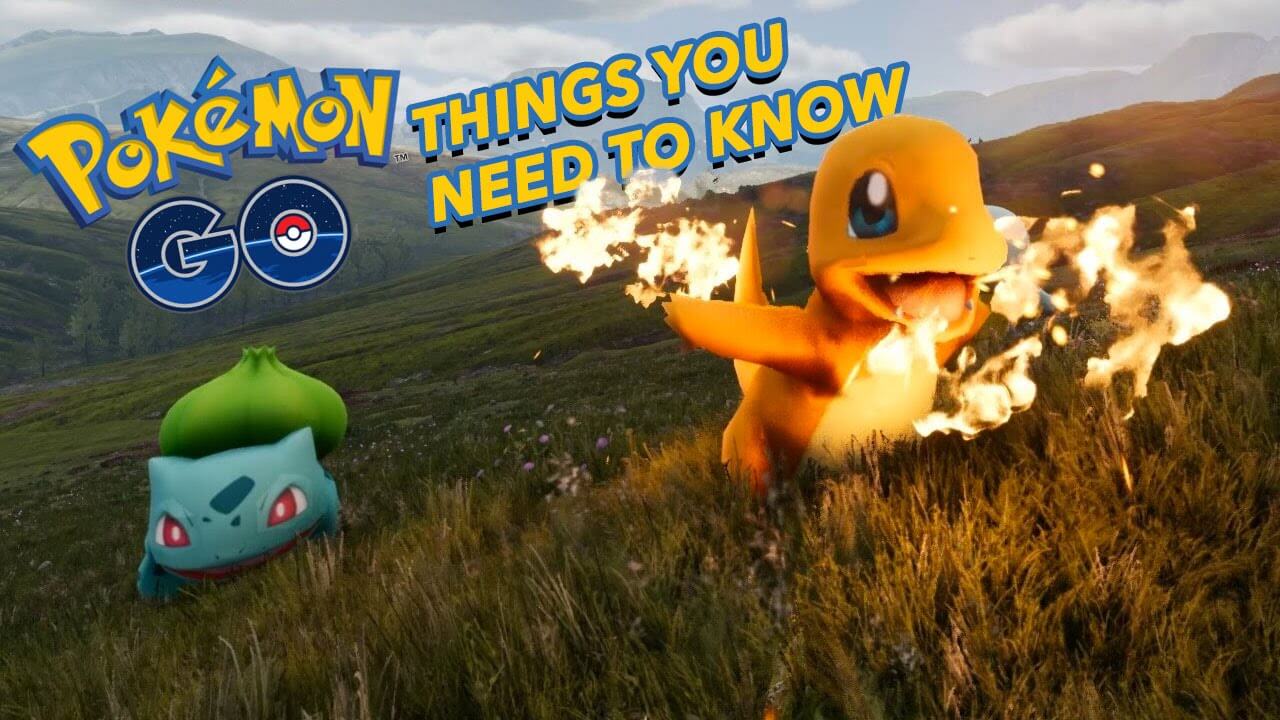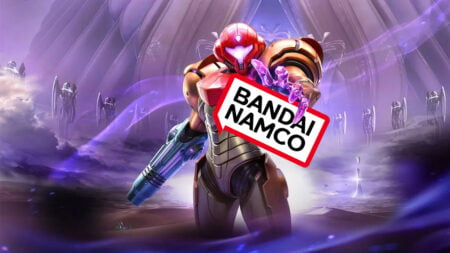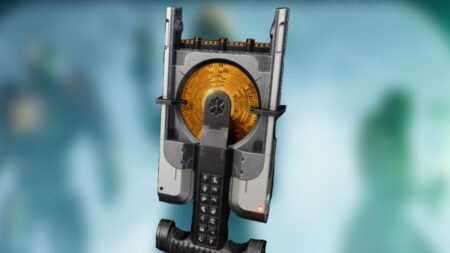Niantic has released a statement divulging some new information about the upcoming mobile game Pokemon Go. CEO John Hanke spoke recently about the location-based play and Pokemon distribution, and how it all links together to create a global whole.
In Pokemon Go, players will unlock content from other far-away locations by synchronizing their games with other players who are passing through. “You do things like enabling asynchronous play. If someone passes through that town on a trip to somewhere else, they interact with the locations there. That makes the place feel alive, even if you didn’t match with them head-to-head,” says Hanke. Think of it as similar to the 3DS’s Mii Plaza. You can Streetpass people from other regions, and those regions will unlock in the Plaza’s world map.

As one might expect from a mobile location-based game, Pokemon Go will have certain types and species of Pokemon in different countries, regions and landscapes. For example, water Pokemon will be more common around bodies of water in real life. As with the mainstream games, players will not be able to capture every Pokemon without trading and traveling. Though everyone will be able to find a few in or close to their own backyard. Hanke anticipates trading to be one of the most critical parts of Pokemon Go, stating “you can’t get all of them by yourself. If you want all of them you’ll have to trade with other players.” The full interview can be found at Venturebeat.

In a way, Pokemon Go is like a simulation of the experience of an actual Pokemon trainer. You must travel in order to find new species, managing your team and resources (money) as you go. Because it encompasses the entire real world, not just an in-game world, finding every species and training them will be equally large-scale. With Pokemon Go, Pokemon has entered the real world, and they’re more interactive than ever.







